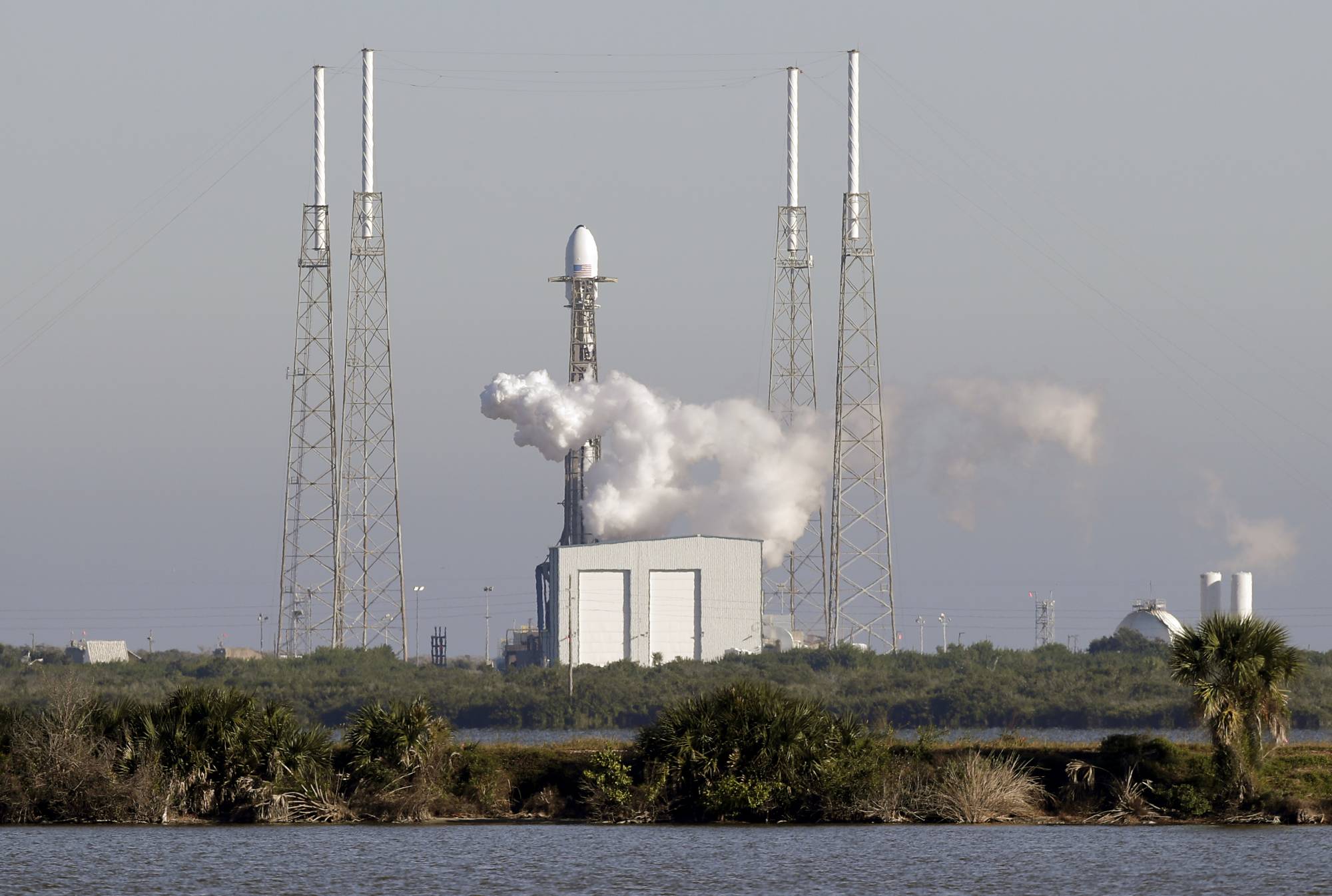Space Development Agency looking into alternatives for GPS
SDA Director Derek Tournear said the agency is exploring alternative ways for positioning, navigation and timing that don’t rely on GPS.
The Space Development Agency is working with the Army to provide alternative positioning, navigation and timing (PNT) capabilities that are not dependent on GPS through its Proliferated Warfighter Space Architecture, SDA Director Derek Tournear said.
Tournear said the Army has an alternate PNT signal that can be picked up by the Military GPS User Equipment (MGUE) Increment 2 chips. Once fielded, the MGUE chips will be able to use M-code — a new military signal that is jam-resistant and more secure.
“We’re working very closely with the Army, who’s been pioneering the alt-PNT across the Department of Defense,” Tournear said at a National Security Space Association event last week. “We’re working with them to be able to broadcast that same signal so it can be picked up by existing, fielded and planned user equipment, so there’ll be no modifications.”
The Defense Department mostly relies on GPS to provide accurate PNT data, but given GPS’ vulnerabilities, the military services have been pursuing alternative technologies to be used in environments where GPS is not accessible or is being disrupted.
The ability to broadcast the Army’s alt-PNT signal is “a little ways in the future,” starting in SDA’s Tranche 2 and Tranche 3 transport layer. The transport layer will be crucial to the department-wide Joint All-domain Command and Control, and Tranche 2 is scheduled to launch in 2026.
In the meantime, the agency will begin putting a navigation message into the Link-16 payloads.
“Link 16 has been around for that since the 80s, right, before GPS was used in combat. Link 16 is what we were going to use for our navigation and timing during that time before GPS,” Tournear said.
“It still has that capability; you can embed a navigation and timing signal into Link 16 and you can use it for that. It’s not nearly as good as GPS, but it does give you an alternate. And we calculate our own position navigation and timing onboard our satellites independent of GPS just by doing timing transfer between the satellites,” he added.
This effort would not require any changes to user equipment, but the agency is looking into ways to broadcast an alt-PNT signal over L- band or over S-band that would require new user equipment in the future.
“For that, we would not buy that and field that. We’re working with the services to make sure that they are in lockstep with us so that they would field such terminals in their equipment, either before or right after we would field a space capability. So we’re working with them,” Tournear said.
Tournear said that the agency plans on getting 161 satellites into orbit starting next year, and while Tranche 2 will build off of Tranche 1, it has yet to have specifics for Tranche 3 and Tranche 4.
“The beauty of the spiral development approach …I really don’t know what’s in Tranche 3 and Tranche 4. Tranche 3 will launch in September of 2028. It’ll be hundreds of satellites. The specifics of those capabilities aren’t yet defined, and they’re not defined for two reasons. Number one, I don’t know exactly what the state of the art of the technology will be in that timeframe. And number two, the threats change,” Tournear said.
“We’ll snap the line on what the minimum viable product is for Tranche 3 in about a year. At that point, we’ll start acquisition for Tranche 3. And then, of course, Tranche 4, we won’t know until another couple of years,” he added.
Copyright © 2025 Federal News Network. All rights reserved. This website is not intended for users located within the European Economic Area.






